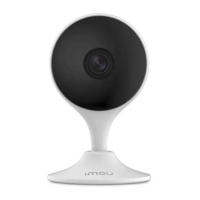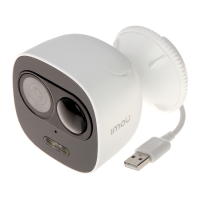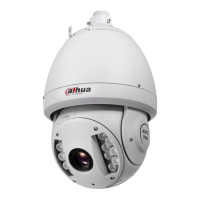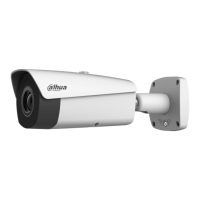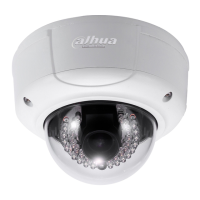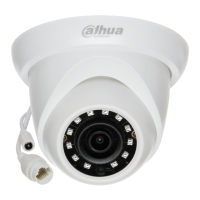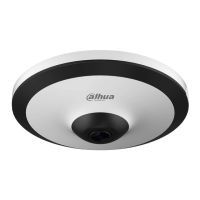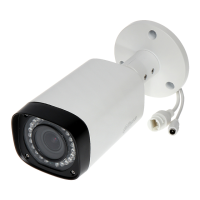
Do you have a question about the Dahua TPC-BF2120-1F4 and is the answer not in the manual?
| Bit Rate Control | CBR/VBR |
|---|---|
| BLC | Yes |
| HLC | Yes |
| Noise Reduction | 3D DNR |
| Motion Detection | Yes |
| Region of Interest (ROI) | Yes |
| Mirror | Yes |
| Protection Grade | IP67 |
| Casing Material | Metal |
| Lens Mount | Fixed |
| Video Compression | H.265 |
| White Balance | Auto; manual |
| Gain Control | Auto |
| Image Rotation | 0°/90°/180°/270° |
| Privacy Masking | Yes |
| Ethernet | 1×RJ45 10M/100Mbps |
| Protocol | HTTP; DHCP; DNS; DDNS; RTP; RTSP; SMTP; NTP |
| Interoperability | ONVIF (Profile S, Profile G), CGI |
| User/Host | 20 |
| Edge Storage | Micro SD/SDHC/SDXC (up to 256GB) |
| Browser | Chrome Firefox Safari |
| Management Software | DSS, DMSS |
| Certifications | CE, FCC, RoHS |
| Power Supply | 12 VDC/PoE |
| Operating Temperature | -30°C ~ +60°C (-22°F ~ +140°F) |
Mandatory actions to enhance system security by using strong, unique passwords.
Keep device firmware updated for the latest security patches and fixes.
Periodically change device credentials to ensure only authorized access.
Modify default ports to reduce the risk of unauthorized access.
Encrypt communication between devices and the recorder using SSL certificates.
Restrict system access to specified IP addresses only.
Update ONVIF password separately if it doesn't change with system credentials.
Only forward necessary HTTP and TCP ports, avoid forwarding a wide range.
Prevent unauthorized access by disabling auto-login on shared systems.
Use distinct credentials for security systems to prevent guessing.
Assign specific features and functions to guest accounts based on job roles.
Manage UPnP settings to prevent unintended port forwarding and unauthorized access.
Disable SNMP if not in use to enhance network security.
Deactivate Multicast if not used to improve network security.
Review logs to identify unauthorized access attempts and activities.
Prevent unauthorized physical access by securing the device in a lockbox or rack.
Connect cameras to NVR PoE ports for isolation from the outside world.
Separate the NVR and IP camera network from the public network for enhanced security.
Professionals must possess relevant qualifications and knowledge for installation and maintenance.
Ensure all installation and operation conform to local electrical safety codes.
Operate and store the device within specified humidity and temperature ranges, avoiding harsh conditions.
Follow guidelines for safe operation, maintenance, and handling of the device.
Specific warnings regarding device handling, power, and maintenance to prevent damage or injury.
States that the manual is for reference and the actual product prevails.
Highlights user responsibility for data privacy and compliance with local laws.
Information regarding guide reference, updates, and potential discrepancies.
Details on FCC rules, conditions, and compliance for the device.
Details the external cable ports, connectors, and their functions.
Provides the physical dimensions and structural layout of the device.
Ensures adequate space, mounting strength, and appropriate cable selection before installation.
Guides through the physical mounting of the device and connecting cables.
Details how to adjust the device's viewing angle using adjustment screws.
Guides through the initial setup and password setting process for the device.
Explains how to change the device's IP address for network access.
Describes how to access and view the live video feed from the camera.
Details how to configure alarm input and output settings for event notifications.
Explains how to enable and configure the fusion mode for enhanced image clarity.
